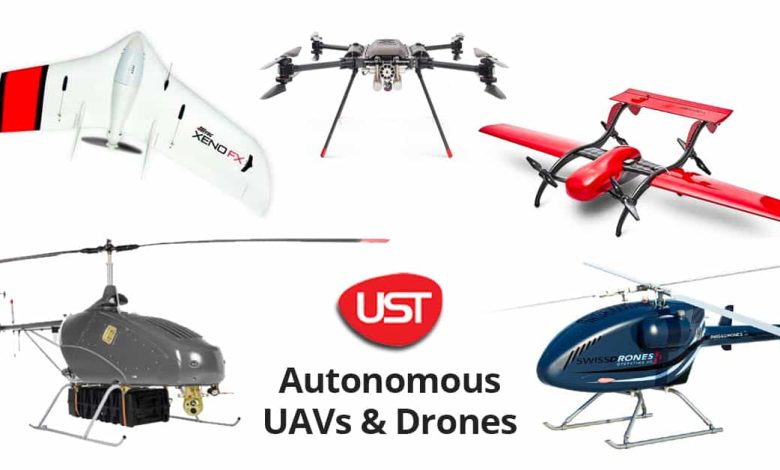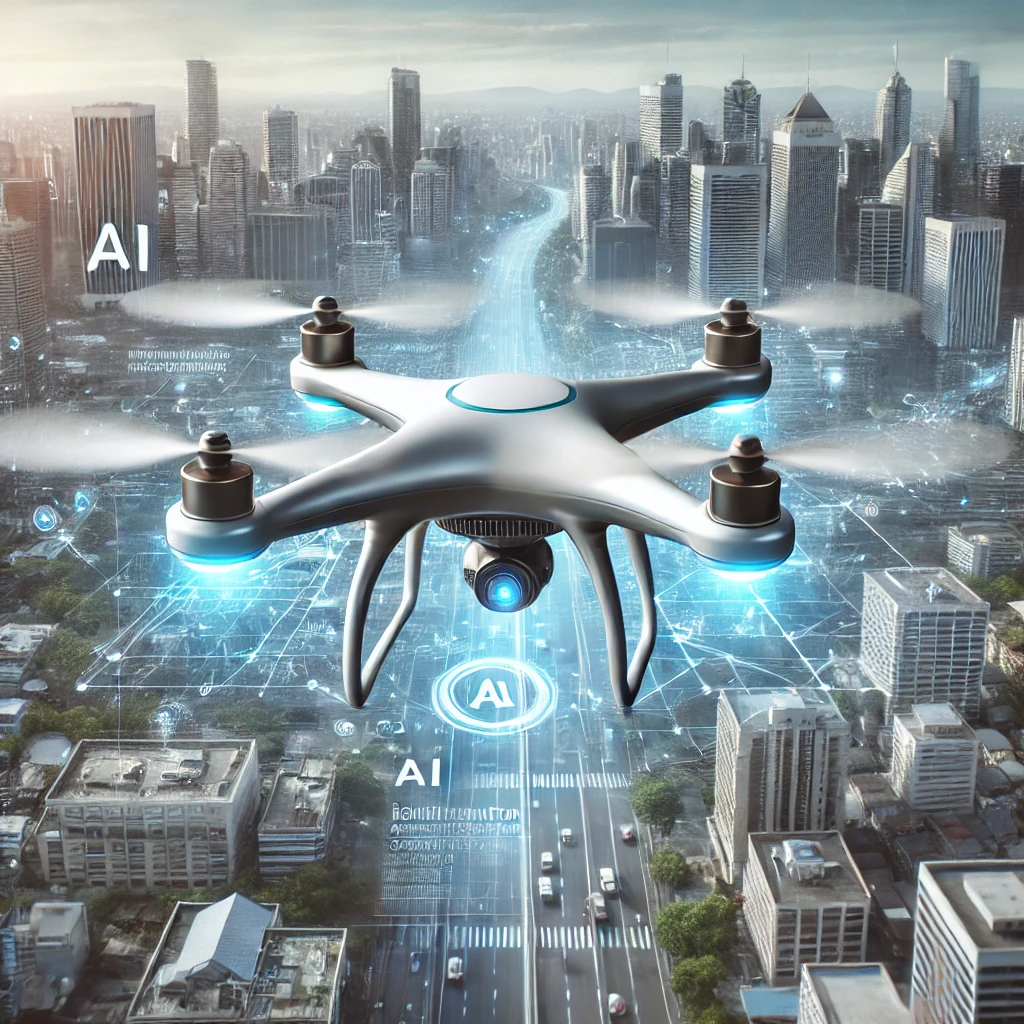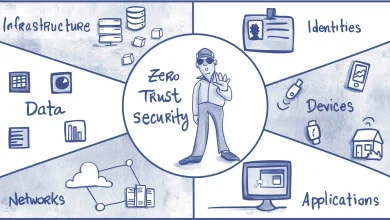Autonomous Drones: The Future of Aerial Technology

What Are Autonomous Drones?
Autonomous drones are unmanned aerial vehicles (UAVs). They use algorithms and sensors to navigate. Unlike traditional drones, they don’t need constant human input. These drones adapt to their surroundings in real time.
Smarter Navigation Systems
Autonomous drones excel in navigation. Built-in GPS and advanced mapping software guide them. AI enhances decision-making.
Obstacle detection ensures safe flights. Even in challenging environments, they perform reliably. This technology reduces the need for manual intervention.
Revolutionizing Delivery Services
Delivery services are adopting autonomous drones. They transport packages faster than traditional methods. Companies like Amazon are testing drone delivery systems.
These drones handle small parcels efficiently. They reduce traffic congestion and carbon emissions. With further advancements, larger deliveries may become possible.

Agriculture and Crop Monitoring
These benefit agriculture. Farmers use them for crop monitoring and analysis. Sensors detect plant health, moisture levels, and pests.
Drones cover large fields in less time. They provide detailed insights for better decision-making. This innovation boosts efficiency in farming.
Enhancing Public Safety
Public safety agencies rely on autonomous drones. They assist in search-and-rescue missions. Equipped with thermal cameras, they locate missing people.
Drones also monitor disaster-affected areas. They provide real-time updates for faster responses. In law enforcement, they improve surveillance and crowd management.
Revolutionizing Infrastructure Inspection
Inspecting infrastructure can be time-consuming. These drones simplify this process. They examine bridges, buildings, and power lines.
Drones identify structural issues quickly. High-resolution cameras and sensors enhance accuracy. This reduces risks for human inspectors.
Environmental Monitoring
Environmental monitoring benefits from autonomous drones. They track wildlife populations and migration patterns. Drones also monitor deforestation and pollution levels.
Real-time data helps researchers protect ecosystems. This technology plays a vital role in conservation efforts.
Advancing Military Applications
Autonomous drones have military uses. They perform reconnaissance and surveillance missions. These drones reduce risks for soldiers.
Advanced models carry out precision strikes. Their autonomy improves mission success rates. However, ethical concerns remain a topic of debate.
Future of Urban Mobility
They may reshape urban mobility. Flying taxis are being developed for personal transport. These drones reduce traffic congestion in cities.
Electric-powered designs make them eco-friendly. Urban planning will adapt to include drone-based transport systems.
Improved Data Collection
Data collection is crucial in many fields. Autonomous drones gather data faster and more efficiently. This benefits industries like construction, mining, and logistics.
Drones generate accurate 3D maps and models. Businesses use this data to optimize operations.
Challenges in Adoption
Despite their benefits, autonomous drones face challenges. Regulatory hurdles slow adoption. Airspace management is complex.
Privacy concerns also arise with widespread use. High production and maintenance costs deter some industries. However, ongoing advancements aim to address these issues.

Future Trends in Autonomous Drones
These drones are evolving rapidly. Artificial Intelligence will make them smarter. Energy-efficient designs will extend flight times.
Swarm technology is gaining attention. Multiple drones work together for complex tasks. These trends highlight the limitless potential of autonomous drones.
Sustainability and Eco-Friendliness
Drones contribute to sustainability. Electric-powered designs reduce carbon emissions. They replace fuel-based vehicles for specific tasks.
Drones minimize waste in agriculture and construction. Their efficiency supports global sustainability goals.
Conclusion
Autonomous drones are the future of aerial technology. They enhance industries with smarter navigation, faster deliveries, and better data collection. As technology advances, their potential continues to grow.




